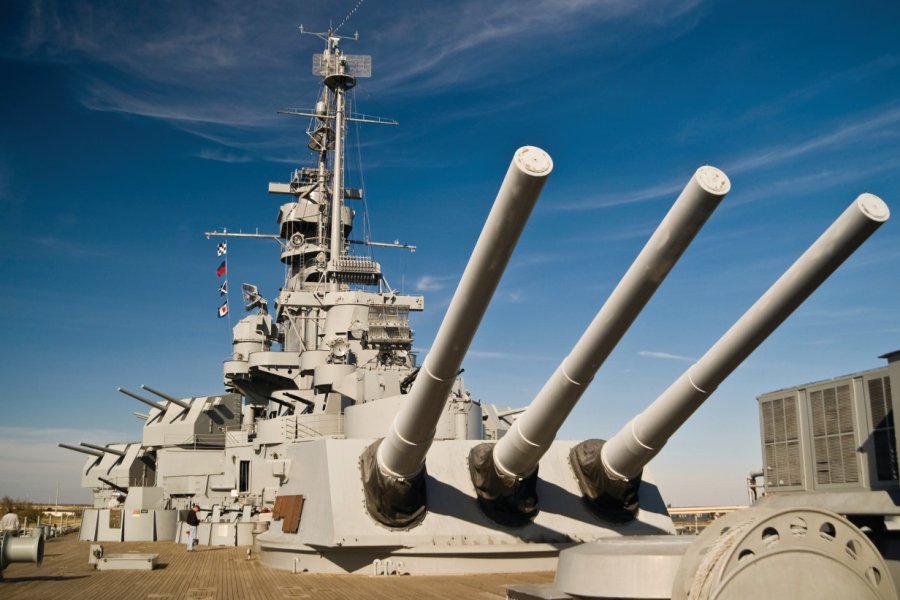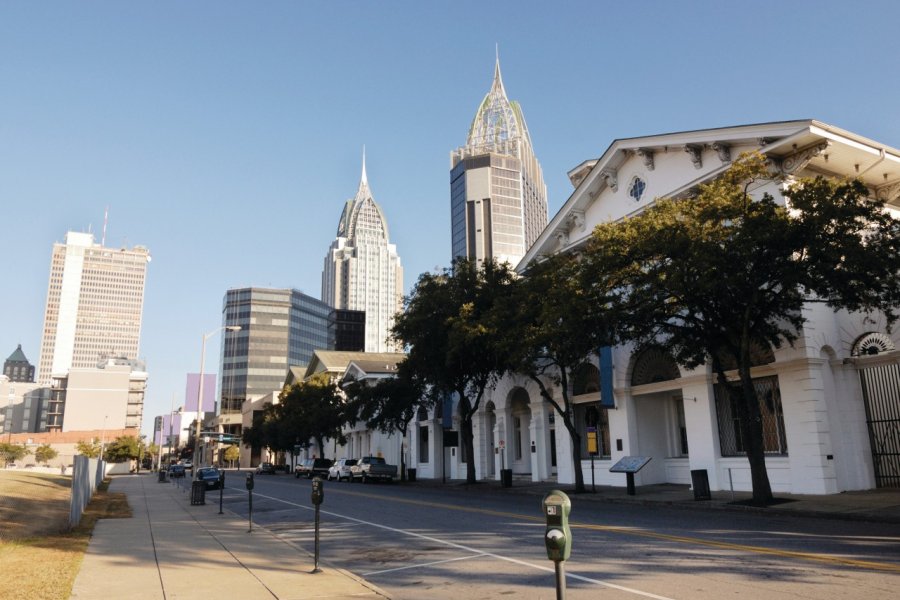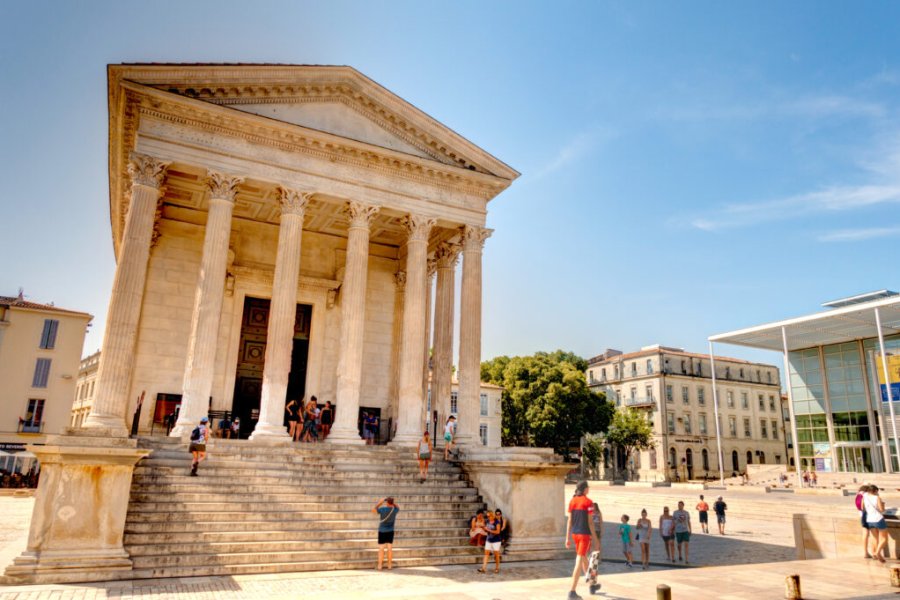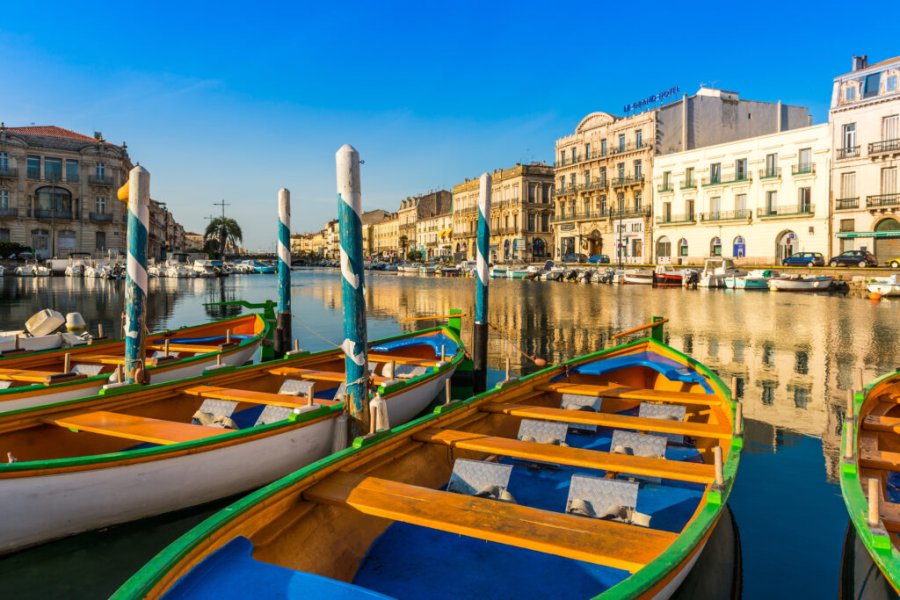Travel Guide Mobile
Find an accommodation
Advertising
With a population of more than 195,000 intra-muros, Mobile, the seat of the county of the same name, is the third city of Alabama. It is located on the Mobile River, in the center of the Gulf of Mexico coast. It was the first capital of Louisiana, when it was under French domination and much larger than the one we know today.HistoryIn January 1702, Pierre Le Moyne d 'Iberville (1661-1706) and his brother Jean-Baptiste Le Moyne, Sieur de Bienville (1680-1767), created Twenty Seven Mile Bluff (now Lemoine, 25 miles north of Mobile), first fort French under the name Fort Louis de La Mobile, also called Fort Louis de Louisiane. In 1711, the establishment was moved to the site of the present city and took the name Mobile. It will be capital of French Louisiana until 1920, where it will place the place in Biloxi (Mississippi). Between 1711 and 1813, when it was attached to Mississippi Territory, Mobile was in turn French, English and Spanish. She became part of Alabama Territory in 1817 and entered the Union in 1819, when Alabama became the 22 nd State. Mobile being the only port of Alabama, this played a decisive role in the economic development of the area; first of all exchanges between Europeans and Amerindians, and then revolving around the trade of slave and miscellaneous goods, including cotton.During the Civil War, Mobile, subjected to hunger and privation by the naval blockade imposed by Union forces at the beginning of the conflict, housed several hospitals and built many ships for Confederate States Navy.On August 5, 1864, the battle of Mobile Bay took place. During this period, 26 Union warships managed to get through the three forts (Gaines, Morgan and Powell) that kept the mouth of the river. Although the Union succeeded in unraveling a small force of three wooden gunboats and an iron-hulled cupboard (CSS Tennessee), the city was not taken.On April 12, 1865, three days after General Lee's surrender to Appomattox, Mobile went to the Union's army to avoid destruction following the loss of Spanish Fort (east of the bay) and Fort Blakely (north of Mobile).However, Mobile was severely damaged a few weeks later, on May 25, 1865, by the explosion of a munitions deposit that destroyed many houses, ran two dock ships and killed nearly 500 people. The event is known as The Great Mobile magazine explosion.During the First World War, the city developed around shipbuilding.When the second world war was declared, the industry grew larger and the city experienced a massive influx of workers.During the struggle for civil rights, Mobile, compared with other cities in the South, was relatively quick to implement the first measures aimed at more egalitarian and black entrances. Thus, the police admitted black personnel from the 1950 s, and the desegregation of buses was effective in 1963. Despite this, segregation in many institutions lasted long years and serious incidents occurred until the 1980 s. The paroxysm was reached in 1981 with Michael Donald's lynching (the last officially recorded in the United States) by two members of the Ku Klux Klan. More recently, in 2008, the film Order of Myths of Margaret Brown called into question the persistence of segregation at Mobile by questioning the shape of the annual Mardi Gras carnival. There are always two different parades for black and white communities.The city todayThe port industry and aeronautics are the city's main economic resources. The port is indeed the 7 th port of the United States and Airbus, which moved to Mobile in April 2013, prepares the assembly of its A 320 s since 2015. The city's unemployment rate is 6.5% at the end of 2013, compared with 7.3% for the rest of the state.The city is an important cultural and entertainment center. It houses the oldest carnival in the United States, dating back to the eighteenth century. Although it is now superseded by the importance of New Orleans, it remains one of the highlights of the year. There are also many museums and a symphony orchestra. In the evening and the weekend, Dauphin Street, the main street of Downtown, is animated by an intense nightlife. Between bars, concerts and connected restaurants, there are all tastes.Mobile was barely touched by Katrina in 2005 and the damage of Hurricane Frederic in 1979 has since been repaired. As a result, the city has been able to preserve several remarkable historical districts with many houses in the nineteenth and early twentieth centuries, and a beautiful cathedral. In addition to a walking tour of Downtown, where Alabama's highest skyscraper (207 m high) stands, several attractions and museums will be part of your stage at Mobile. This is the case with Fort Condé, the History Museum of Mobile, Mobile Carnival Museum and the USS Alabama Battleship Museum Park. For those who want to see more, other places of sightseeing are of course in the city. It is also possible to go to Dauphin Island, where there are beautiful beaches and the remains of Fort Gaines, and subscribe to one of the excursions organized in the bayous.Among the personalities of Mobile, one can quote the baseball champion Hank Aaron (1934), whose 6,000-seat stadium bears the name, and the country slow rock singer James "Jimmy" Buffett (1946), born in Pascagoula (Mississippi) but who spent the most large part of his youth at Mobile.The city's greatest celebration is Mardi Gras, organized for three weeks in February-March.
What to visit Mobile?
Advertising
Weather at the moment
Advertising
Organize your trip with our partners Mobile
Transportation
Book your plane tickets
Car Rental
Boat rental
Accommodation & stays
Find a hotel
Holiday rental
Find your campsite
Tailor-made trip
Immersion travel
Services / On site
Activities & visits
Find a doctor

















